Your cart is currently empty!
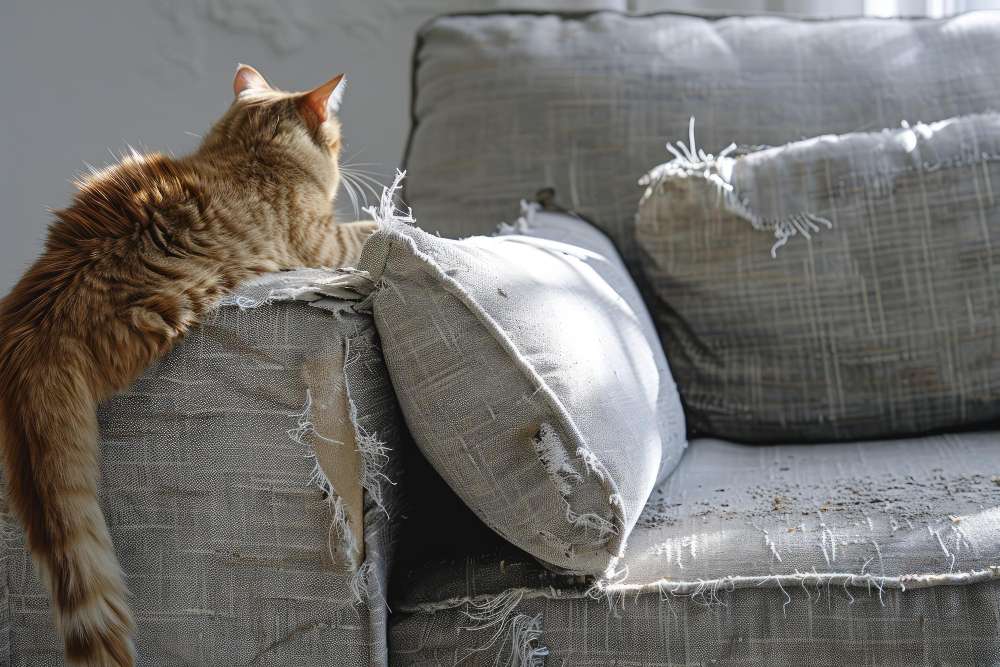
Scratched furniture can make any cat owner upset. That nice couch you bought last year? Now it has lots of claw marks. But don’t be angry scratching is normal for cats. They do it to stretch, mark their space, and keep their claws strong. The good news is, you can teach your cat to stop scratching your furniture without being mean to them.
Why Do Cats Scratch in the First Place?
To stop the behavior, you need to understand why it’s happening. Here are the most common reasons cats scratch:
- To mark territory: Cats have scent glands in their paws.
- To stretch their bodies and muscles.
- To keep their claws sharp and healthy.
- Out of boredom or anxiety.
So, punishing them won’t work, but redirecting them absolutely will.
Step-by-Step Guide to Stop Furniture Scratching
1. Give Them a Better Option
If your cat is scratching your couch, it means they need something better. Scratching posts are a must-have in any cat-friendly home.
What kind of scratching post should you get?
Feature | Why It Matters |
| Height | Tall enough for a full-body stretch |
| Sturdiness | Won’t tip over easily |
| Material | Sisal rope is often preferred by cats |
| Placement | Put it where your cat already scratches |
Place the post near the furniture they usually scratch. Once they start using the post, you can gradually move it to another area if needed.
2. Use Deterrents for Furniture
Cats dislike certain textures and smells. Use this to your advantage:
- Cover scratched areas with double-sided tape or aluminum foil.
- Use pet-safe sprays with citrus or herbal scents.
- Try plastic sofa protectors made for cat owners.
This makes your furniture less appealing without hurting your cat or making them anxious.
3. Make the Scratching Post Fun
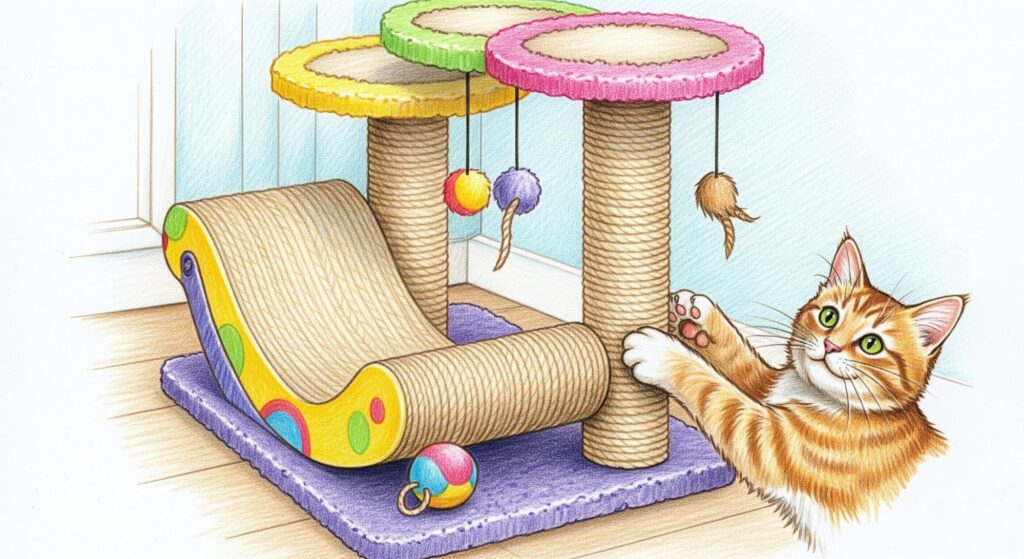
Encourage your cat to explore their new scratching post:
- Rub a bit of catnip on it.
- Dangle a toy near the post.
- Praise and reward your cat when they use it.
The goal is to make the post more fun than the furniture.
4. Trim Their Claws Regularly
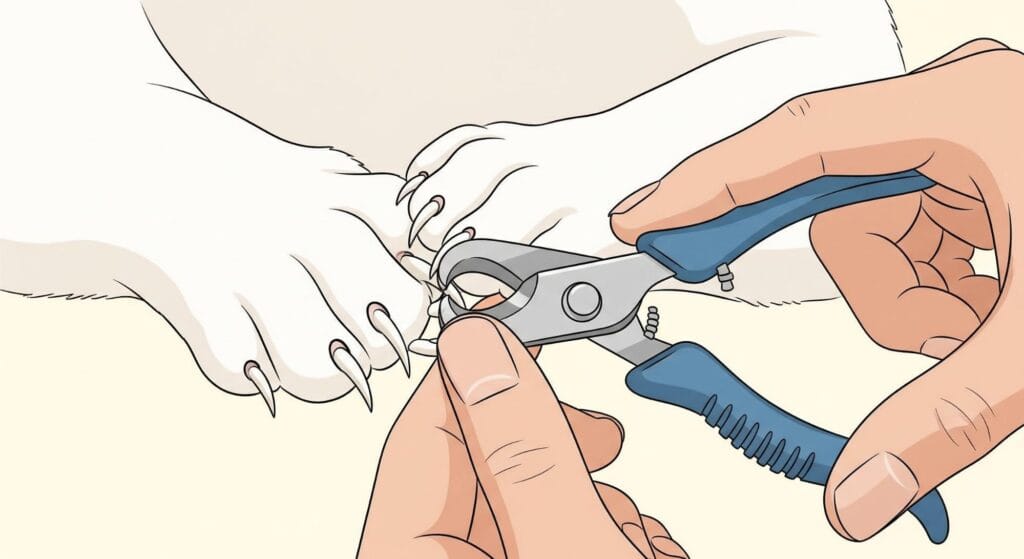
Overgrown claws can make scratching irresistible. Trimming your cat’s nails every 2–3 weeks can help reduce the damage and lower the urge to scratch as often.
If you’re unsure how to trim safely, ask your vet for a demo or schedule a grooming session.
5. Keep Them Active and Stimulated
A bored cat is more likely to scratch for attention or entertainment. Try these ideas:
- Provide puzzle toys
- Set up a window perch for bird-watching
- Play with your cat daily using feather wands or laser pointers
Enrichment reduces stress, which in turn reduces destructive behavior.
6. Be Consistent and Patient
Training your cat takes time. Don’t expect overnight results. Be consistent with rewards and redirection. Never yell or punish your cat, it’ll only make them fear you or act out more.
What If My Cat Still Scratches Furniture?
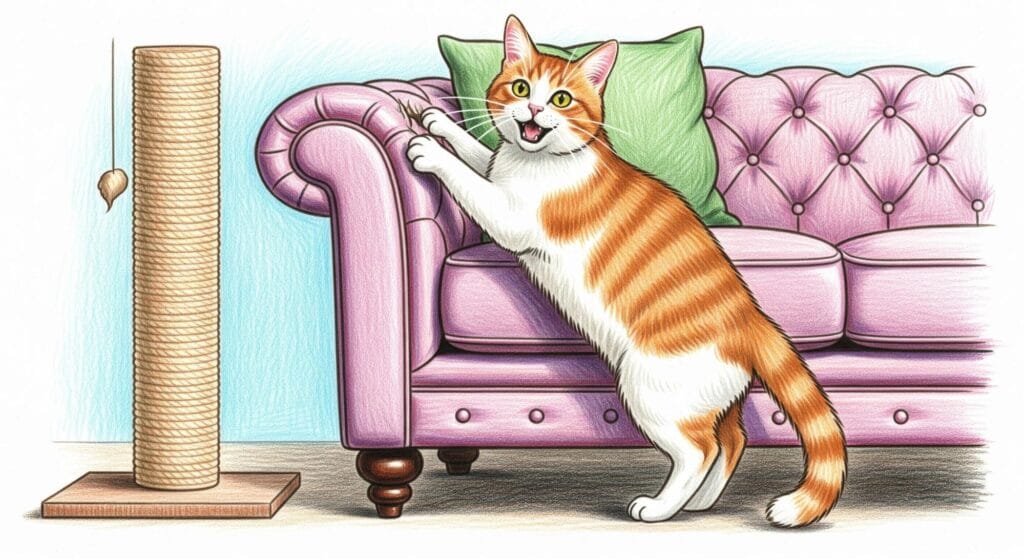
Sometimes, despite your best efforts, the scratching continues. If that happens:
- Try different types of scratching surfaces. Some cats prefer cardboard, others like carpet or sisal.
- Add more scratching posts around the house.
- Ensure your cat is not anxious or sick. Sudden behavior changes can mean something deeper is going on.
This is where advice from professionals can help. People working in veterinary sales careers often have hands-on knowledge about cat behavior products, from calming sprays to the best-designed scratching posts. Don’t hesitate to ask for product tips or behavior advice next time you’re at a pet store or veterinary clinic.
What Are Some Specific Types of Scratching Posts That Are Most Effective?
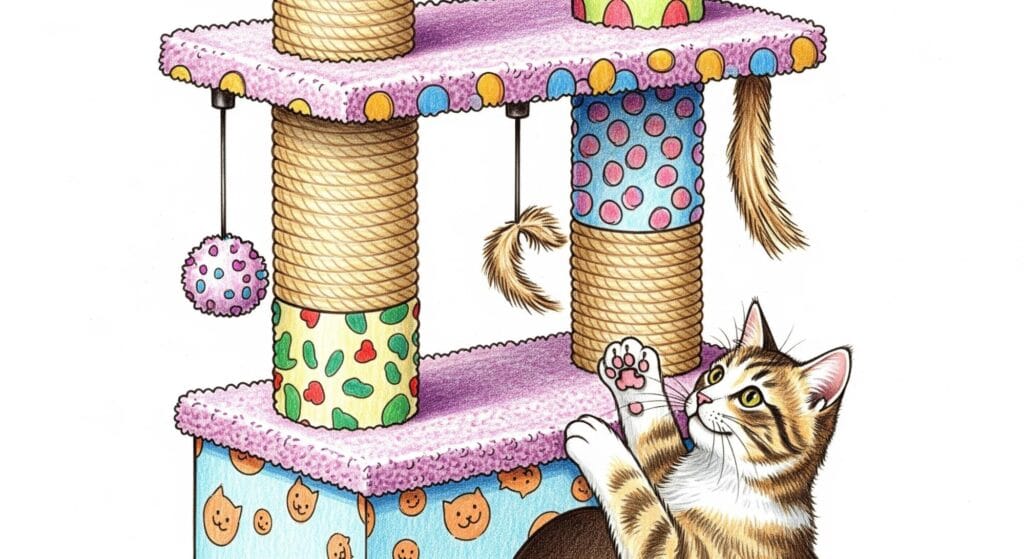
Not all scratching posts are the same and choosing the right one can make all the difference. Here are some of the most effective types:
- Vertical Posts: Tall, sturdy posts (at least 30 inches) allow cats to stretch fully while scratching.
- Sisal-Wrapped Posts: Cats love the rough texture of sisal rope, it’s durable and satisfying to claw.
- Cat Trees/Condos: These multi-level structures combine scratching, climbing, and lounging all in one.
- Cardboard Scratchers: Affordable and replaceable, many cats are drawn to the sound and feel of cardboard.
- Inclined Scratchers: Great for older or less mobile cats who prefer scratching at an angle.
The best post is one that fits your cat’s scratching style, so you might need to try a few before finding their favorite.

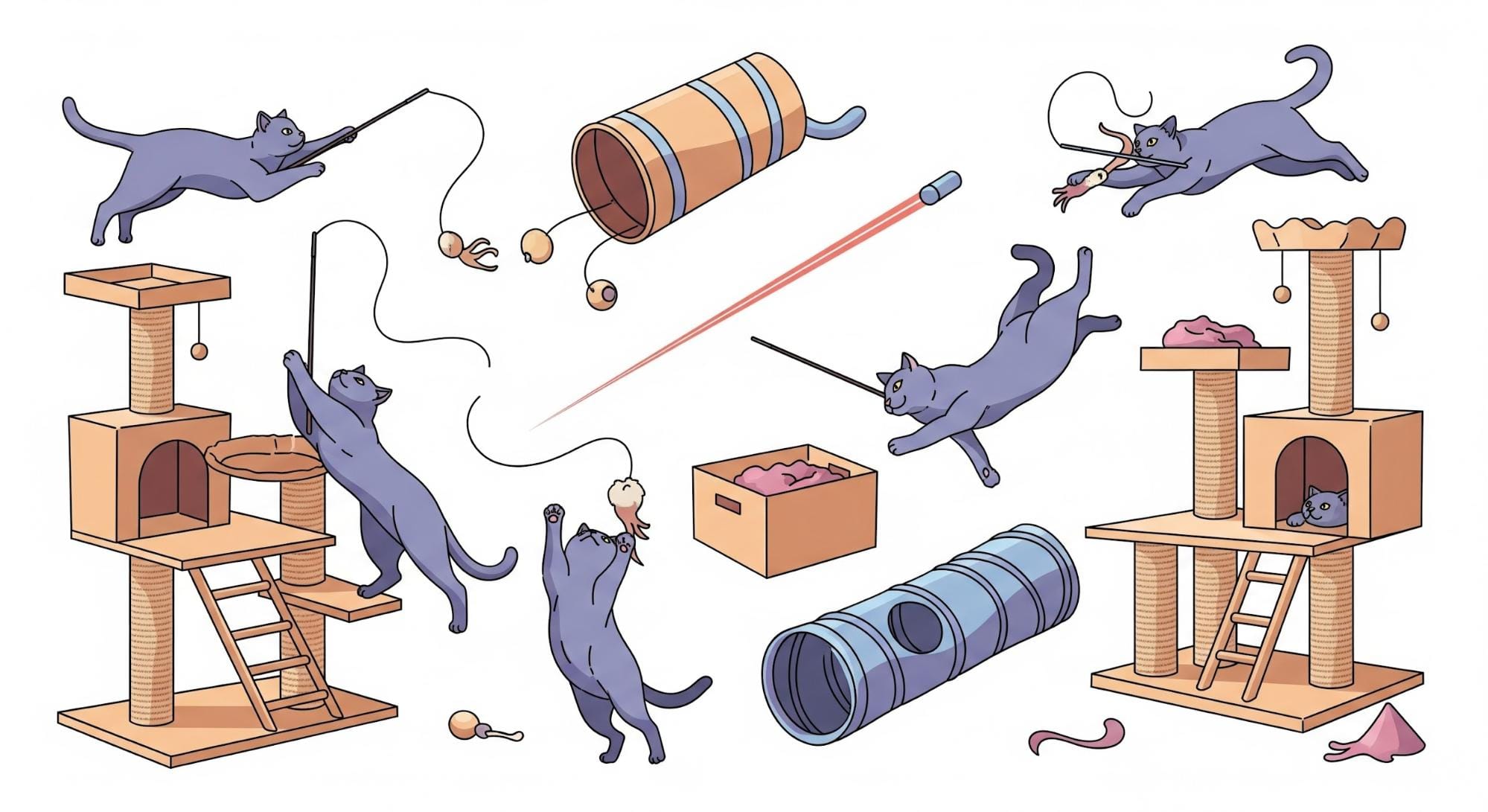



2 responses to “How to Teach Your Cat Not to Scratch Furniture”
Your blog has quickly become one of my favorites. Your writing is both insightful and thought-provoking, and I always come away from your posts feeling inspired. Keep up the phenomenal work!
Usually I do not read article on blogs however I would like to say that this writeup very compelled me to take a look at and do so Your writing taste has been amazed me Thanks quite nice post